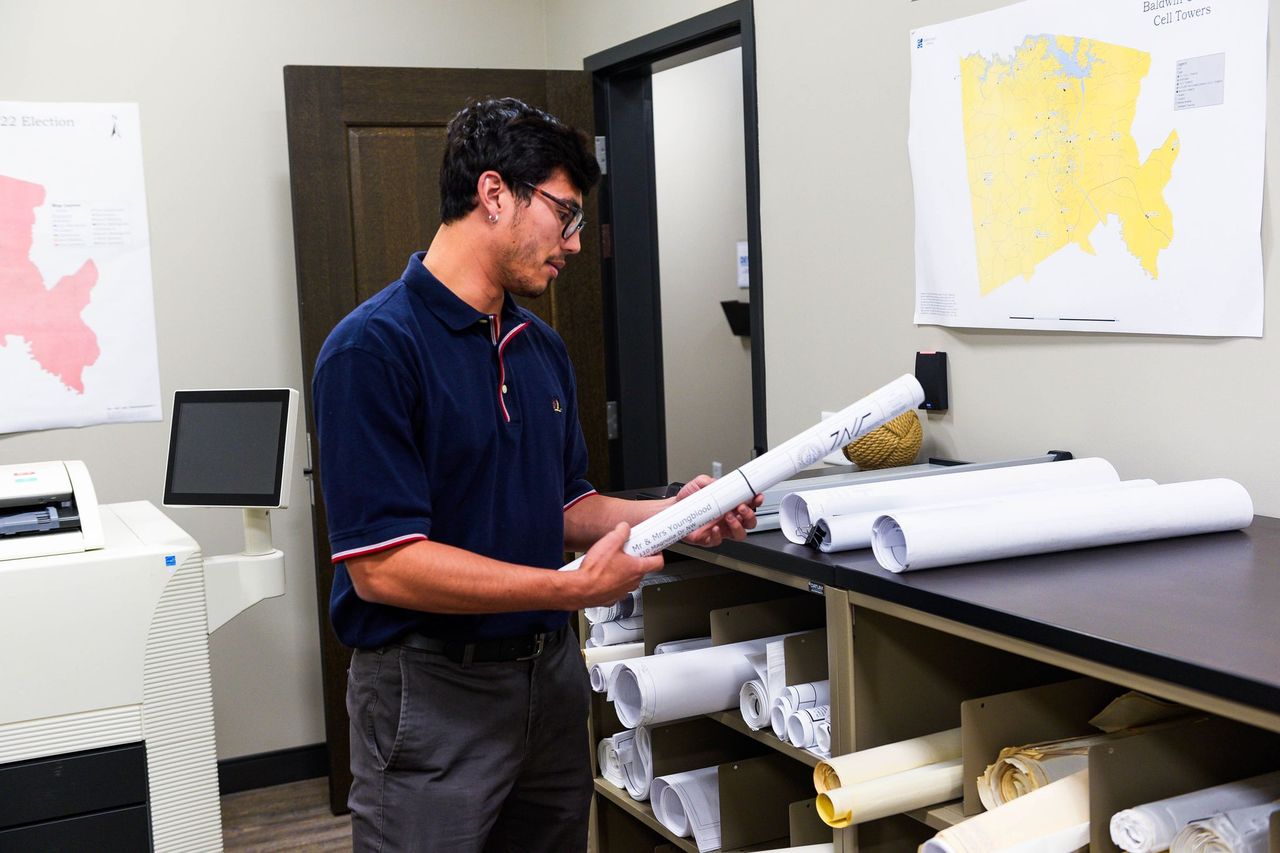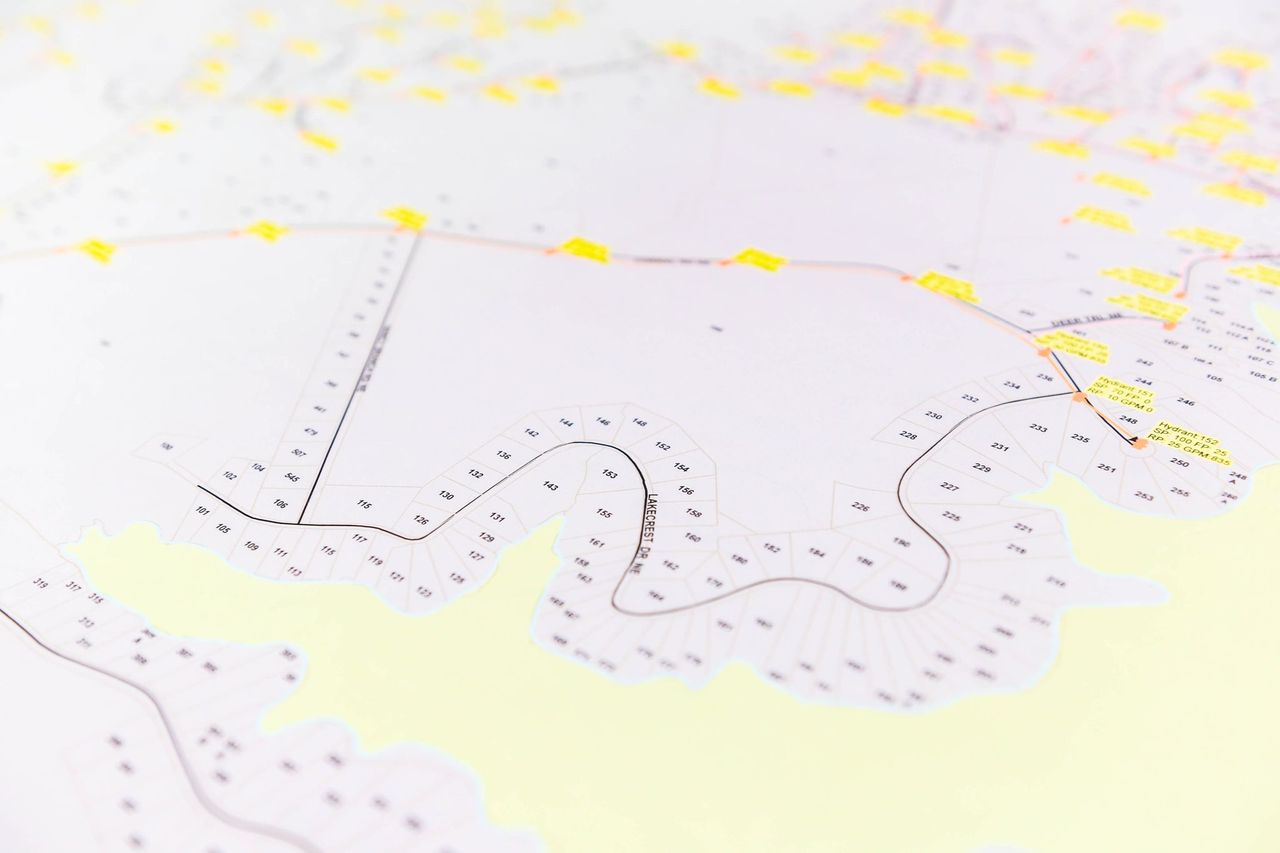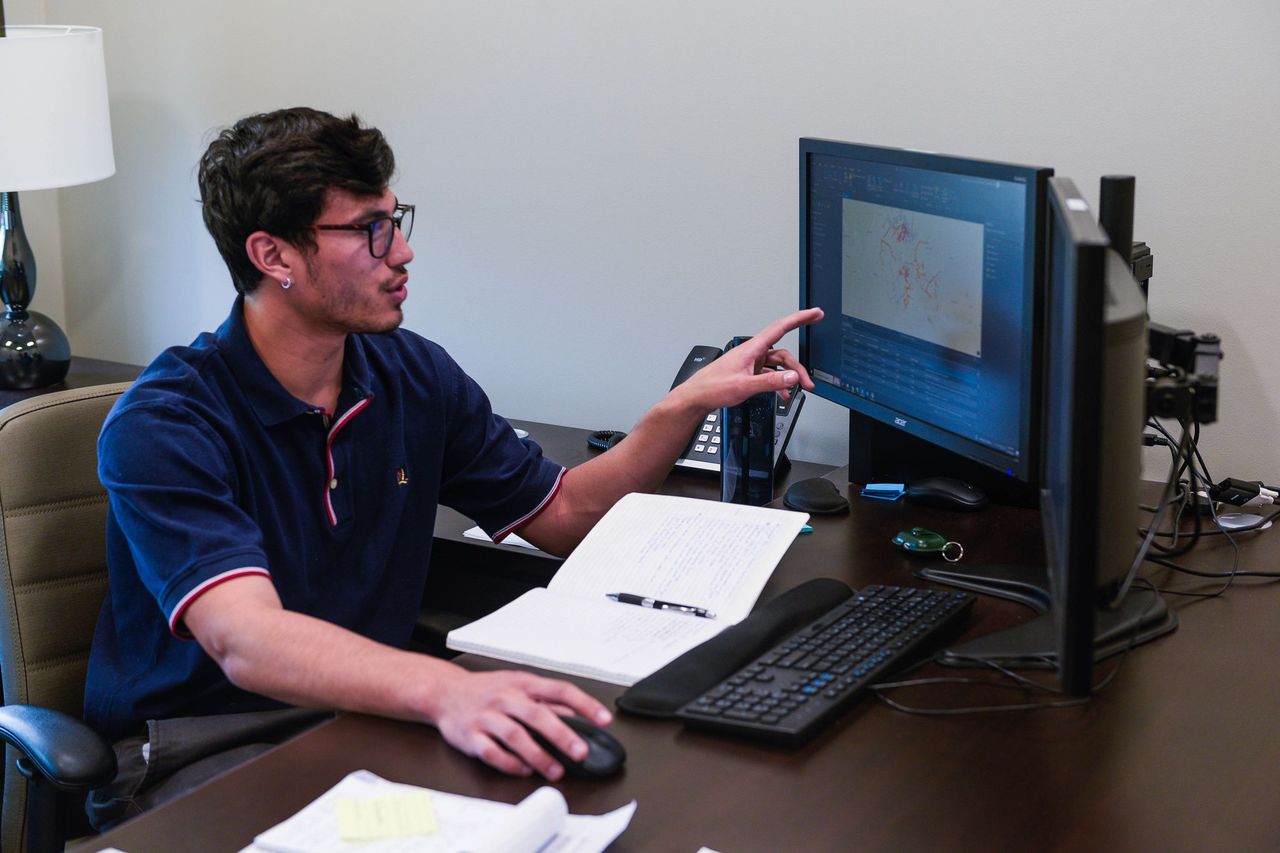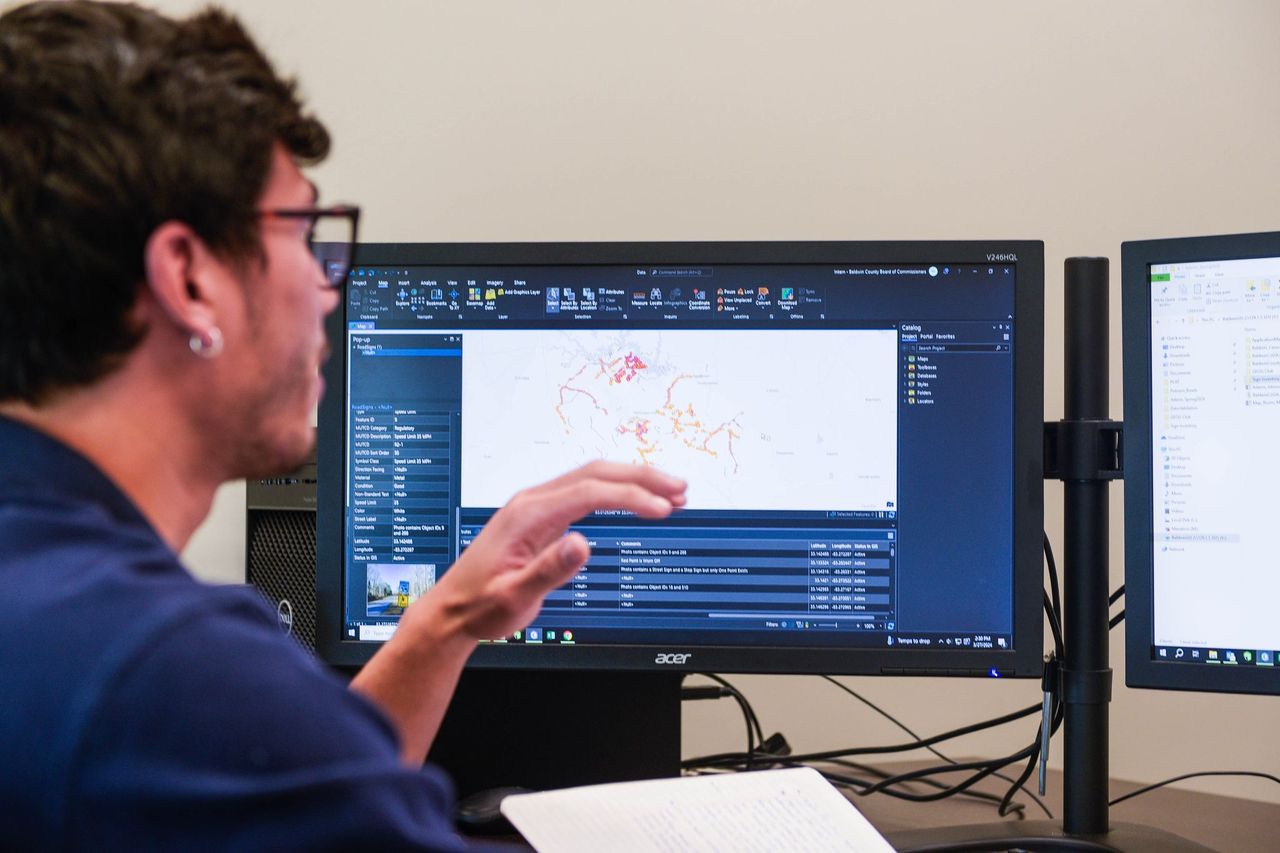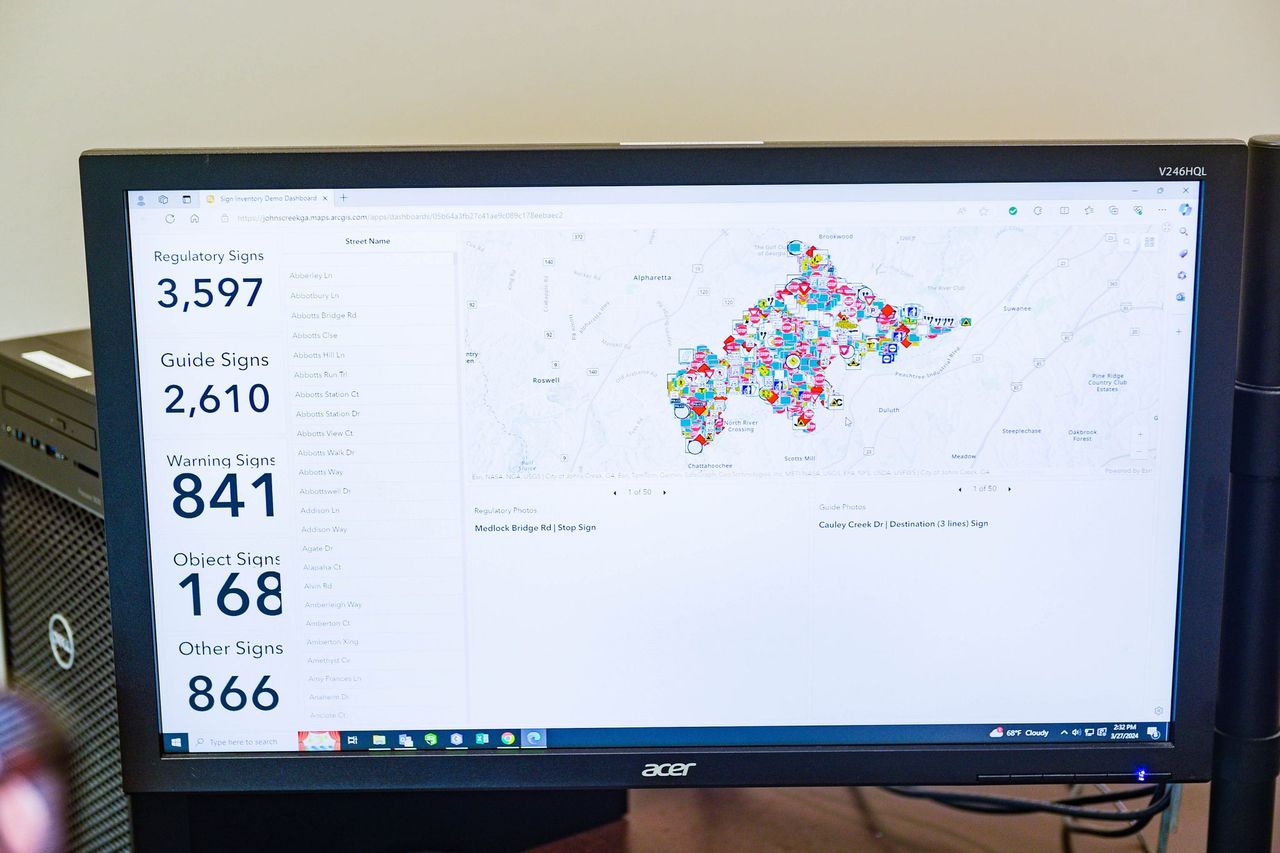Class of 2024: GIS certificate helps geography major map career
T he first thing everyone asks Tanner Adams when they learn he’s graduating with a major in geography is “What are you going to do with that?”
It boggles his mind more students aren’t elbowing their way into the field.
“For a lot of people, geography reminds them of a sixth grade map quiz,” Adams said. “But it’s so broad. There are so many things you can do with it. The problem, like my professor always said, is ‘You will never find a job called geography.’”
“Some people don't realize geography is even a discipline,” he said. “But if it’s what you really want to do, if you open your eyes to the idea—geography will apply to almost any job.”
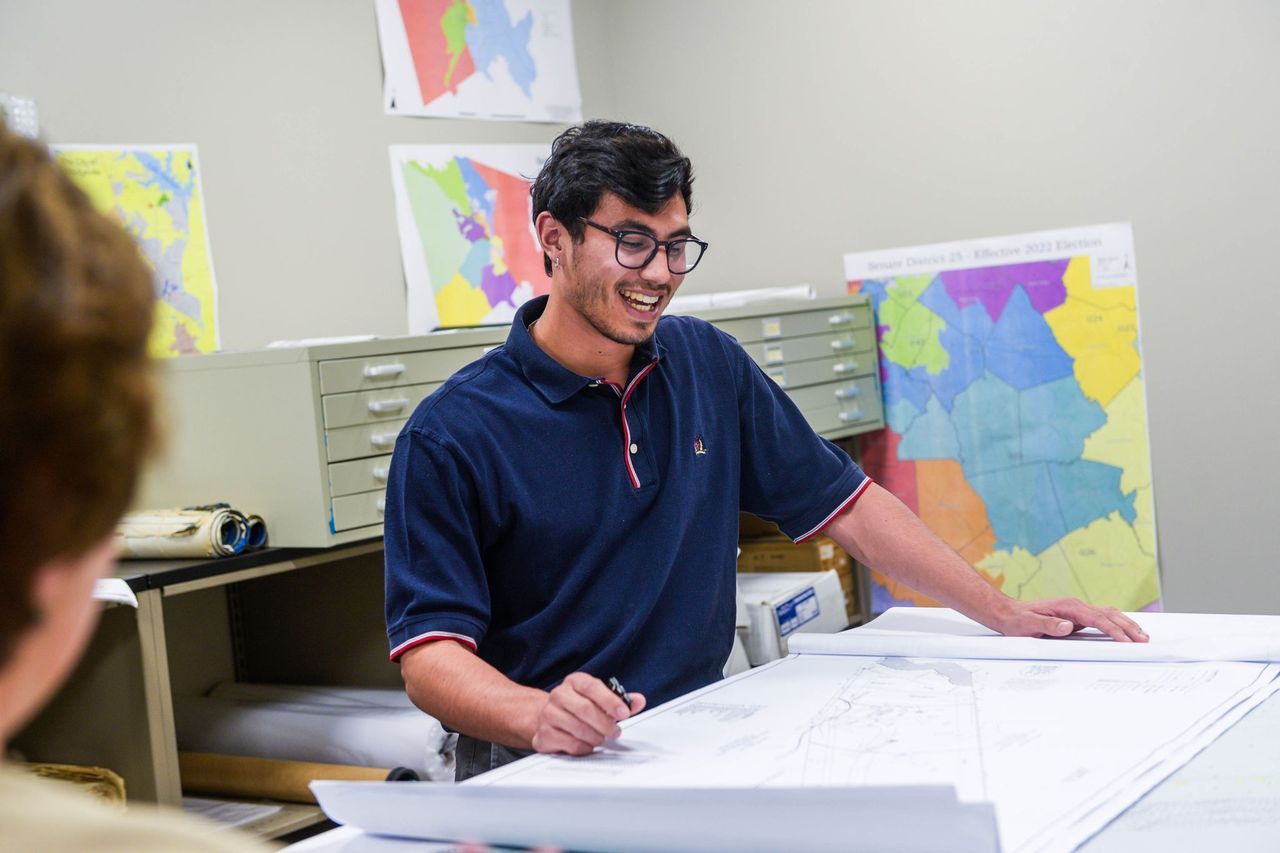
The Savannah resident landed a job in February—well before graduation—doing GIS data work at Spatial Engineering Incorp. in Rincon, Georgia. In fact, several companies reached out to Adams after reading his resume on LinkedIn.
He’s one of four students graduating this spring from Georgia College & State University with degrees in geography.
In addition, Adams earned a certificate in GIS. His knowledge of geographic information systems led to two internships doing GIS mapping for the Baldwin County Board of Commissioners.
The job involved a technical mixture of computer software and creative visualization in the art of ‘cartography’ or mapmaking.
Adams knows a Georgia College alum who works as a GIS analyst in Colorado and another who works with FEMA, the Federal Emergency Management Agency.
 Understanding the earth and things like location, topography, environmental issues and how humans interact all connect for Adams. In elementary school, he was a whiz at map quizzes and games that name locations.
Understanding the earth and things like location, topography, environmental issues and how humans interact all connect for Adams. In elementary school, he was a whiz at map quizzes and games that name locations.
He started his college years interested in culture, urban development and emergency relief—all things you can do with GIS.
The first day of classes—getting to know faculty like Dr. Doug Oetter, Dr. Amy Sumpter and Dr. Chuck Fahrer in the department of history and geography—Adams was encouraged by the very real prospects of his chosen field.
“I don't regret it for an instant. Obviously, I've had amazing experiences here,” he said. “Being able to work in GIS at a smaller school, especially in a smaller program, I’ve been presented with so many opportunities. I'm so lucky to be where I am today.”
The possibilities seem endless.
GIS requires analytical skills, cartography, data management and computer programming.
Workers must understand geospatial analysis, which includes math and geometric properties. They explore the meaning behind data and communicate outcomes, so personal skills are also important.
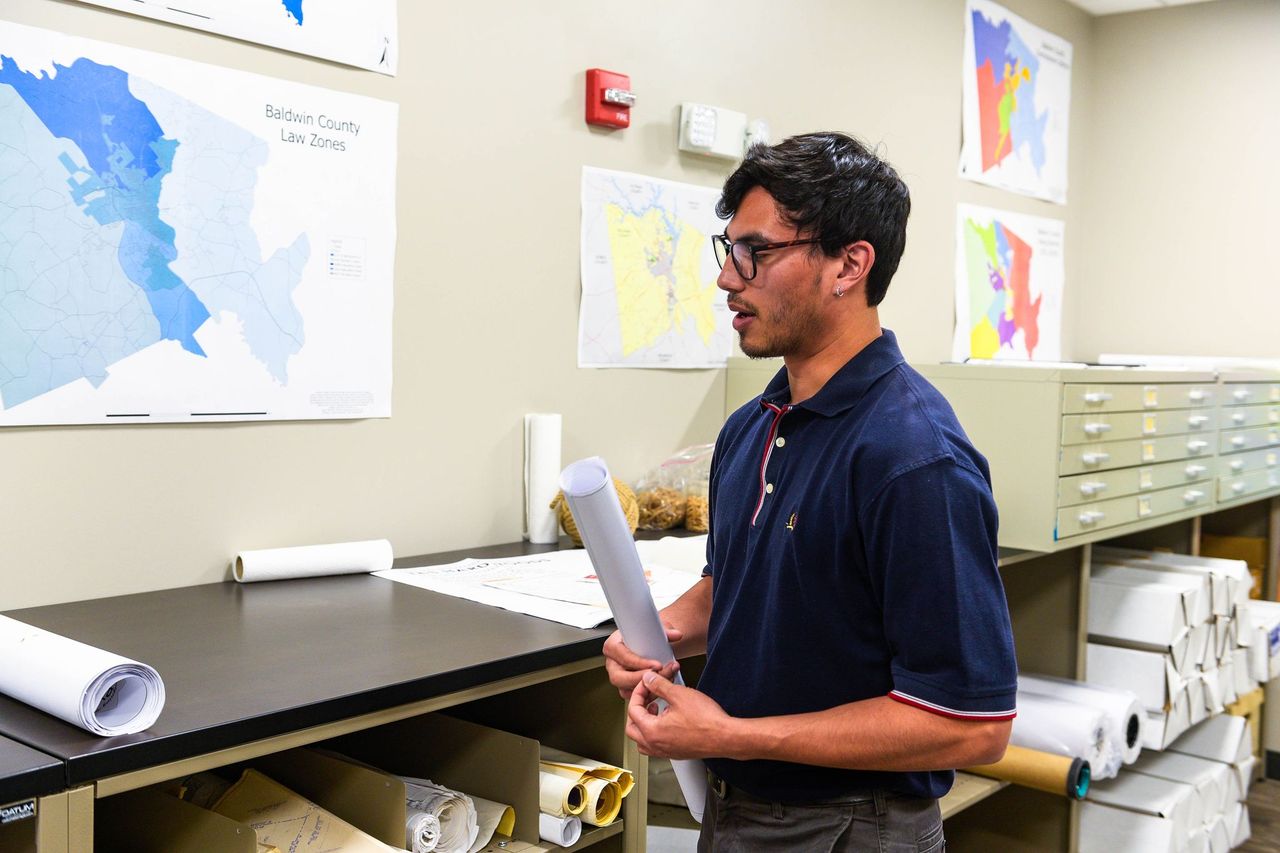
He worked with county addresses and maps in a variety of ways creating spreadsheets, dashboards and digital maps. He assessed and corrected online county data about roadways, safety signs and where fire hydrants are located.
He also helped create borders for new subdivisions and mapped business licenses.
To do this, Adams had to become familiar with computer software like Python, Esri and ArcGIS Pro. They help solve problems through visually appealing, informative maps.
“Because everything nowadays is so digital, you can take for granted how hard it is to make something on a screen. You know, it just pops up,” Adams said. “People don’t realize all the actual detail that goes into making something like this.”
“I'm super appreciative of the era I was born into,” he added. “Cartography has been around since the beginning of the recorded era. But being able to use computer software and make things that are not only super visual and appealing to the eye but also informative is really cool.”
Ensuring students learn GIS software to efficiently manage data is an important element of the Georgia College geography program. Adams credits Oetter for this and appreciates being pushed by him to work hard.
The program also offers opportunities for original research. Adams was in a student group that analyzed waste/hazard sites in Milledgeville and the surrounding area using a public participatory GIS method. They surveyed residents and used recorded data to map waste sites.
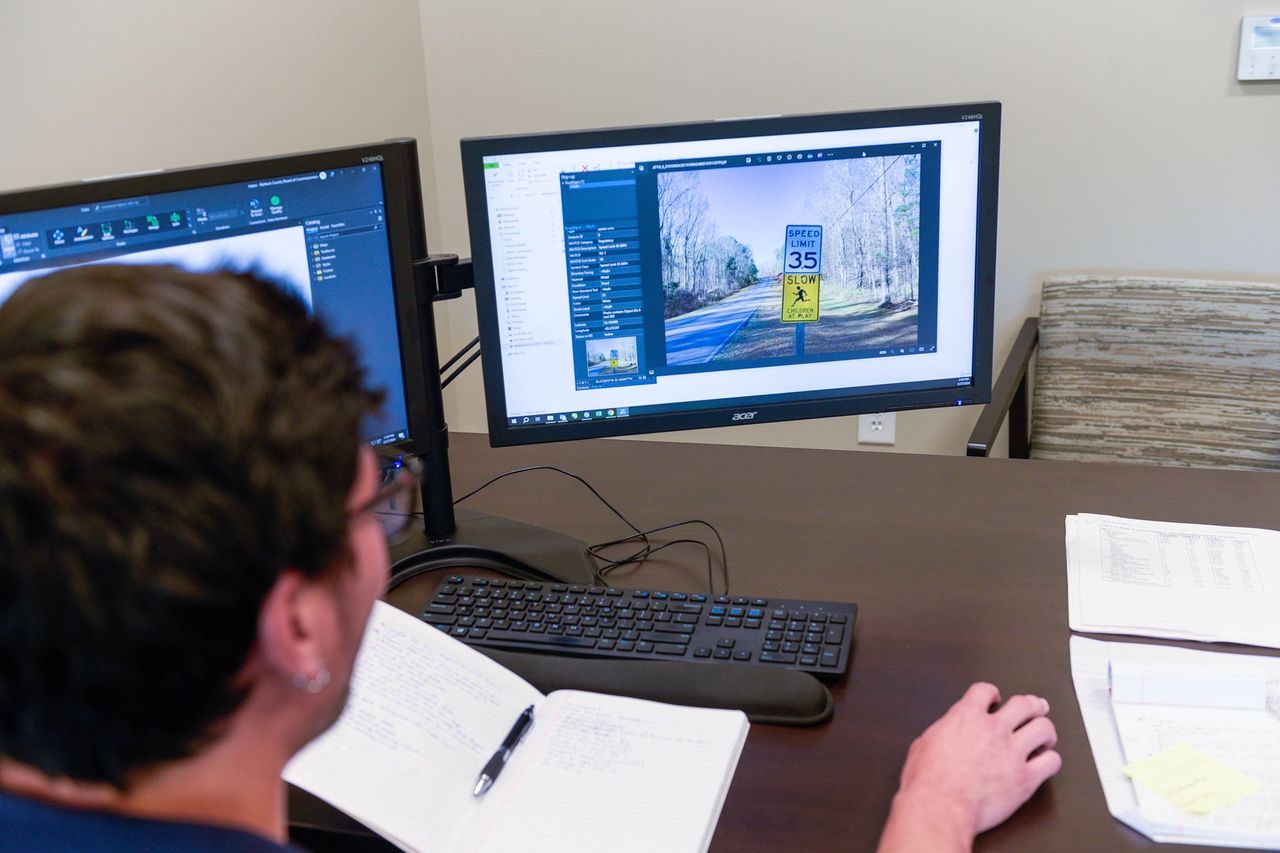
He also helped create an interactive map with “real-life application,” where residents can locate county road signs. This included going in person to check and take pictures of signs.
His supervisor in Baldwin County was Brandie Hagler, GIS technician and addressing coordinator. Hagler called Adams an “absolutely fabulous” intern.
“He exceled at everything we asked him to do, and he was a great asset,” Hagler said. “Tanner is definitely a step above most interns. The project he took on was a big undertaking, but he seemed to handle it with ease.”
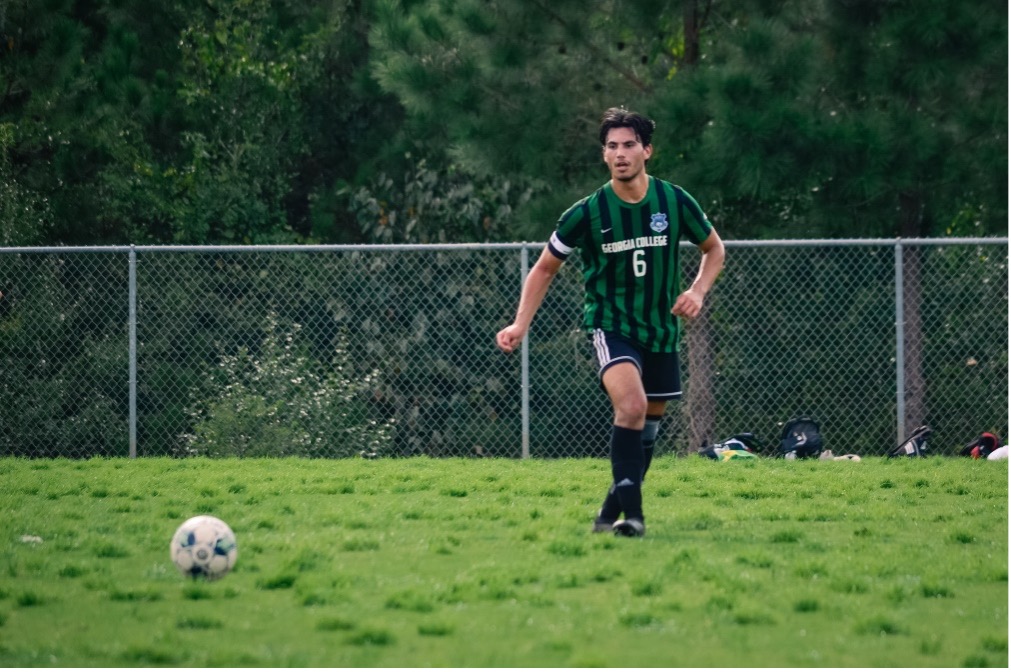 At Georgia College, Adams was a member of the Men’s Club Soccer team, Geography Club and Dean’s Student Advisory Board. In addition to GIS, he earned a certificate in Sustainability and completed another internship at the university’s composting site.
At Georgia College, Adams was a member of the Men’s Club Soccer team, Geography Club and Dean’s Student Advisory Board. In addition to GIS, he earned a certificate in Sustainability and completed another internship at the university’s composting site.
Both certificates are offered through the geography program.
Adams changed a lot in four years. He matured, became more responsible. His advice to incoming students is to take time to stop, breathe and focus.
“Do not rush,” Adams said. “The key to success in college is balance. It sounds easy. But managing work, stress and free time can be challenging. I’ve managed to enjoy my college experience by prioritizing everything.”
“Georgia College has provided me with the tools and knowledge to land a job. The rest is up to me,” Adams said. “Being able to study as a geography major has been unique. I don’t take it for granted. It has prepared me, I truly believe, for anything I’ll face in the future. I am more than prepared to face any challenge.”

Learn more about the Engage Pillar in our Imagine 2030 Strategic Plan

